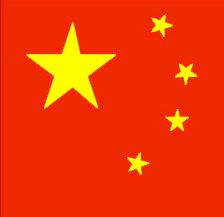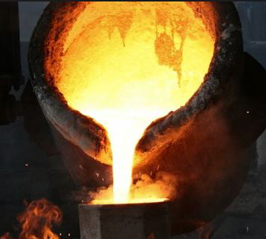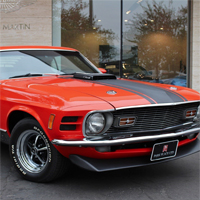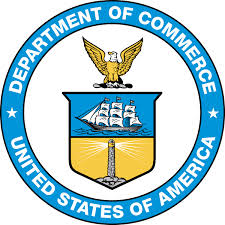July 2018
June 29, 2018September 2018
September 4, 2018A Tale of Two Experiences: New Tariffs Have Widely Differing Impact on Americans
Searing heat and wildfires in the west, tropical downpours and flooding in the east. Folks in the U.S. had vastly different experiences with weather last month. The same goes for trade. In this issue we highlight the widely disparate experiences different parts of the economy and Foreign-Trade Zone world are seeing in the wake of the disputes with many of America’s trading partners. Share your experience. Leave a comment below on the impacts you have seen from the recent U.S. trade measures.
Top Story: U.S. Economy Continues To Defy Gravity (And The Trade War)
With China Feeling The Pinch, President Suggests Yet Another Round Of Tariffs, Alarming Foreign-Trade Zones


Unexpected Tariff Victim: American Aluminum Icon
Tariffs Are Taking A Mounting Toll On Farms and FTZ Factories


U.S. Foreign-Trade Zones Board Activity
A Tale of Two Experiences: New Tariffs Have Widely Differing Impact on Americans
Searing heat and wildfires in the west, tropical downpours and flooding in the east. Folks in the U.S. had vastly different experiences with weather last month. The same goes for trade. In this issue we highlight the widely disparate experiences different parts of the economy and Foreign-Trade Zone world are seeing in the wake of the disputes with many of America’s trading partners. Share your experience. Leave a comment on the impacts you have seen from the recent U.S. trade measures.

